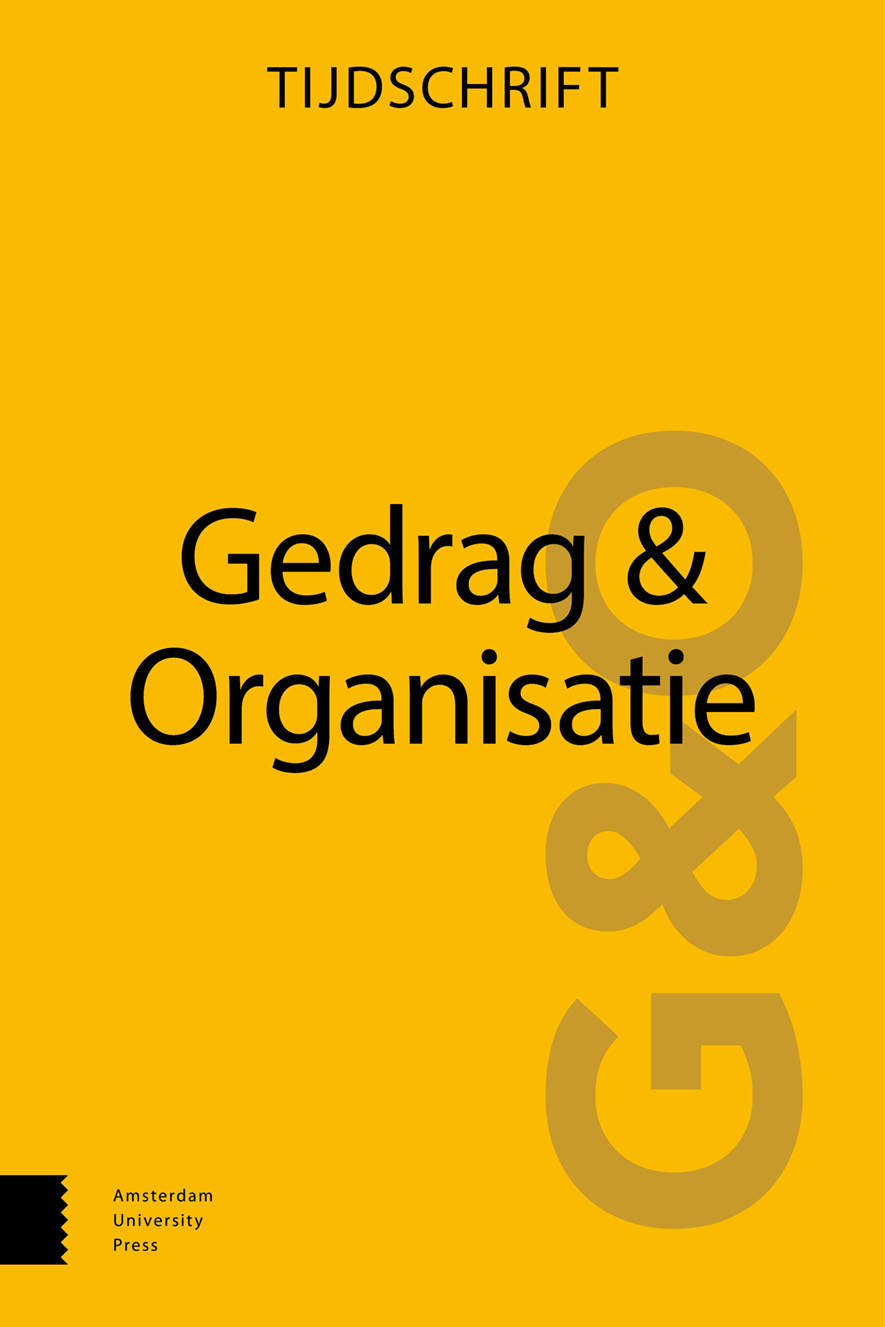
Full text loading...

Deze studie heeft als doel om de effectiviteit van een nieuwe training voor leidinggevenden m.b.t. aandachtige leidercommunicatie te testen. Aandachtige leidercommunicatie verwijst naar “een open, aandachtige houding tijdens een gesprek met een werknemer”. De potentiële werkingsmechanismen van de training werden getest door de integratie van de Zelf-Determinatie Theorie en Kahn’s psychologische voorwaarden voor bevlogenheid. De training werd longitudinaal getest met twee groepen leidinggevenden (NT1 = 18) uit publieke organisaties en hun medewerkers (NT1 = 129). Doordat de datavergaring tijdens een lockdown met verplicht thuiswerken plaatsvond, werd ook communicatie in de digitale omgeving onderzocht. Data van medewerkers lieten positieve resultaten zien betreffende (tevredenheid met aandachtige) communicatie van leiders, dienend leiderschap, vertrouwen in de leider, en mindfulness in communicatie, hoewel niet bij beide trainingsgroepen. Psychologische behoeftebevrediging medieerde de relatie tussen aandachtige leidercommunicatie en burn-out. Kahn’s psychologische voorwaarden voor persoonlijke bevlogenheid (beschikbaarheid, betekenisvolheid en veiligheid) medieerden de relatie tussen aandachtige leidercommunicatie en zowel bevlogenheid als burn-out. Uit open vragen over de lockdown bleek dat de ervaring van werknemers met betrekking tot thuiswerken varieerde van zeer positief tot extreem negatief. Zij rapporteerden over het algemeen geen effect op het leiderschap van hun leidinggevende, terwijl leiders aangaven dat thuiswerken hun communicatie met werknemers drastisch beïnvloedde.

Article metrics loading...

Full text loading...
References


Data & Media loading...

